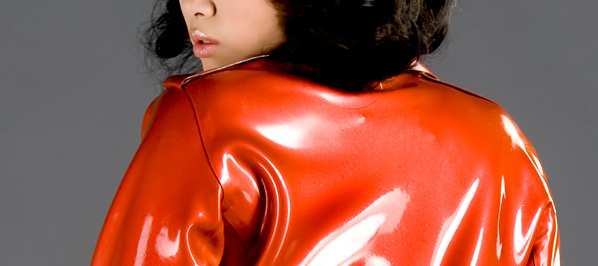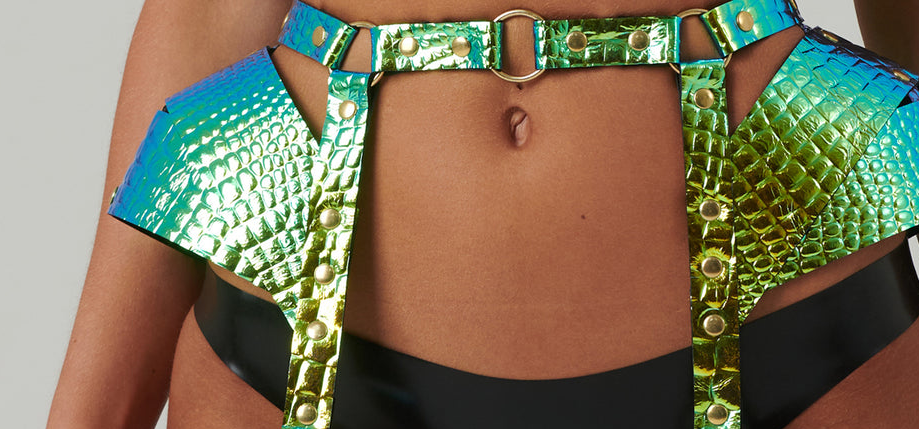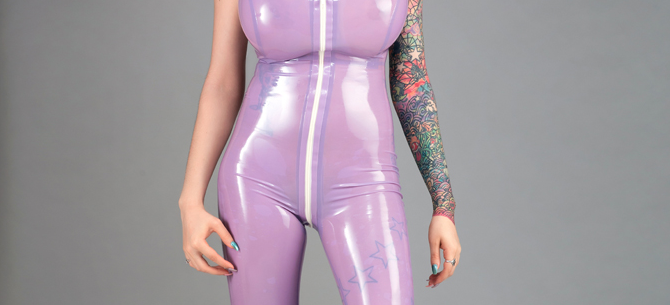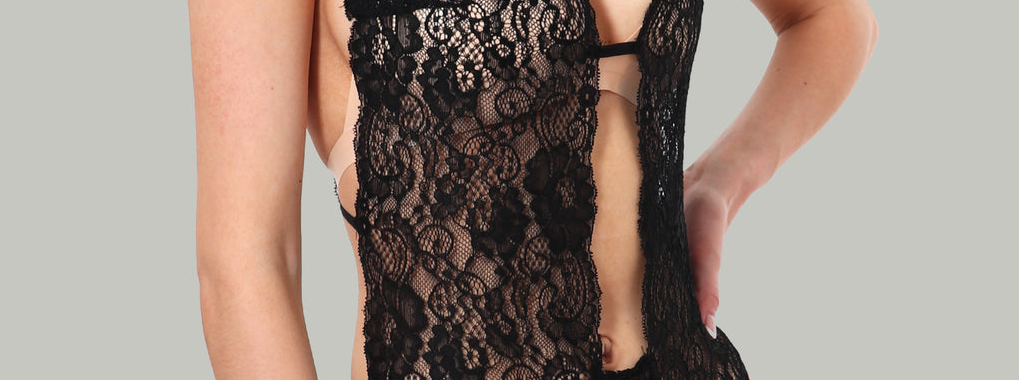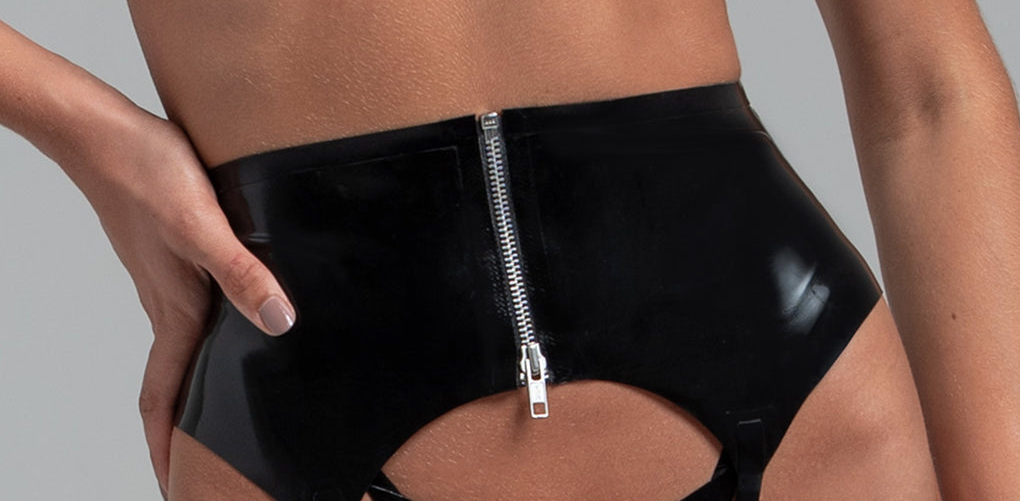Latex catsuits can play a significant role in gender identity and expression by challenging traditional notions of clothing and embracing a more fluid and expansive understanding of gender.
For individuals who identify as transgender, non-binary, or gender non-conforming, latex catsuits can provide a means of exploring and expressing their gender identity. The tight and form-fitting nature of catsuits allows individuals to experiment with their body shape and presentation. They can accentuate or minimize certain physical features, helping individuals feel more aligned with their internal sense of self.
Latex catsuits also offer a unique androgynous appeal, as they can obscure traditional gender markers such as breasts or genitals, allowing individuals to present themselves in a way that challenges or transcends conventional gender norms. Some individuals may find empowerment in adopting a gender-bending or gender-fluid aesthetic through wearing latex catsuits, as it allows them to express their identity authentically and on their own terms.
Moreover, latex catsuits can be seen as a form of self-expression that goes beyond gender identity. They can represent a bold and uninhibited attitude toward fashion, breaking free from societal expectations and embracing individuality. By donning a latex catsuit, individuals can explore their creativity, push boundaries, and create a distinctive style that reflects their personality and preferences.
It is important to note that the role of latex catsuits in gender identity and expression is highly personal and can vary from individual to individual. Some may find empowerment and affirmation through wearing latex clothing, while others may not resonate with this particular form of self-expression. Ultimately, it is crucial to respect and support individuals’ choices regarding how they express their gender identity and explore their personal style.

